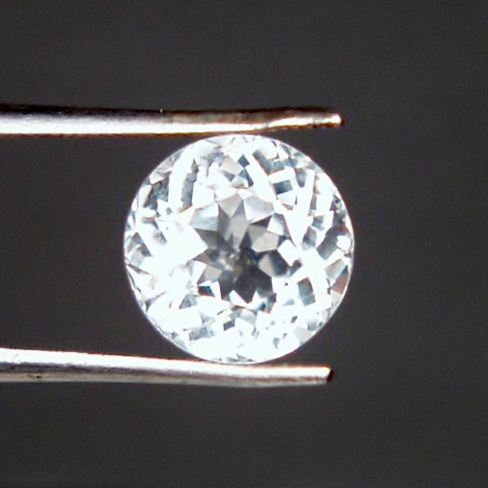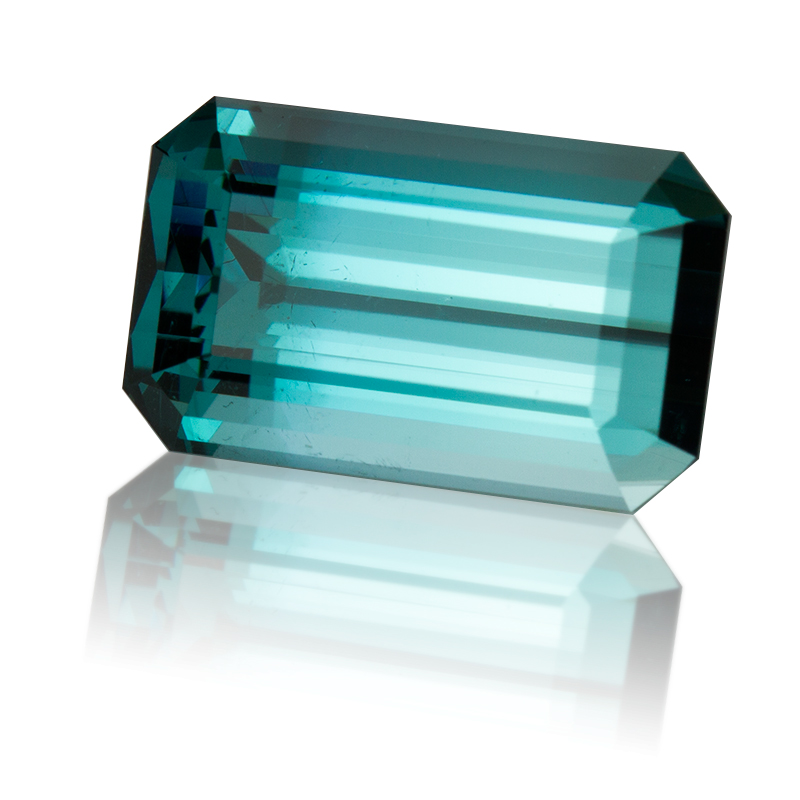While researching for this blog post, I came across something I didn't know and is really unusual. I know Garnets are found in a variety of colours and I know that most gemstone colours are due to the presence of certain minerals. What I didn't know is that Garnet is not a single species but several species and varieties and that you cannot get a "pure" Garnet (they all have the same crystalline structure which makes them all Garnets) ~ you really do learn something new everyday!
The colour of the Garnet depends on the blend of varieties, these are:
Almandine is the most common type of Garnet and comes in a wide range of colours. The purest found was 80% almandine
Andradite is very rare and has more fire than a diamond! This has been found at 95% pure.
Grossular are rarely dark or red but are light to medium in tone. They come in every colour including colourless but never blue. The purest found was 80% grossular.
Hydrogrossular are usually blueish-green but sometimes pink, white or grey and always opaque (there is some debate as to whether hydrogrossular can be classed as a garnet)
Pyrope is a red that rivals ruby although it is very dark. The purest found was 80% pyrope, 15% almandine and 2% other garnet
Spessartite comes in a range of oranges and is quite rare. One of my favourites! This has been found at 95% pure
Uvarovite is the rarest in the Garnet family and is a beautiful green that rivals Emeralds
Rhodolite Garnets are distinctly purplish and are a blend of pyrope and almandine, while Malaia is a blend of spessartite and pyrope. One that was discovered in 2007 in Madagascar is an almandine and pyrope mix but this one changes colour in artificial light ~ blue that change to red with flashes of purple!
Rhodolite Garnet
In the last 50 years, new blends have been discovered in East Africa and there's no reason to believe that there will be more to come. Exciting news for the gem world, jewellers.....and January babies!












